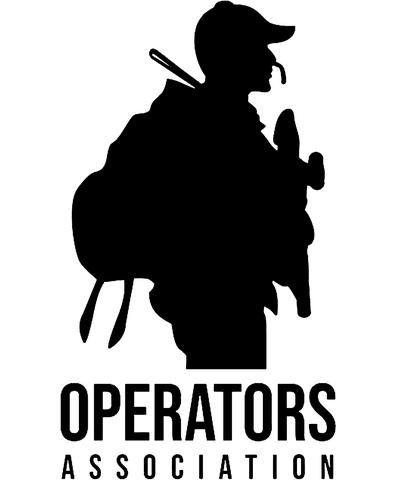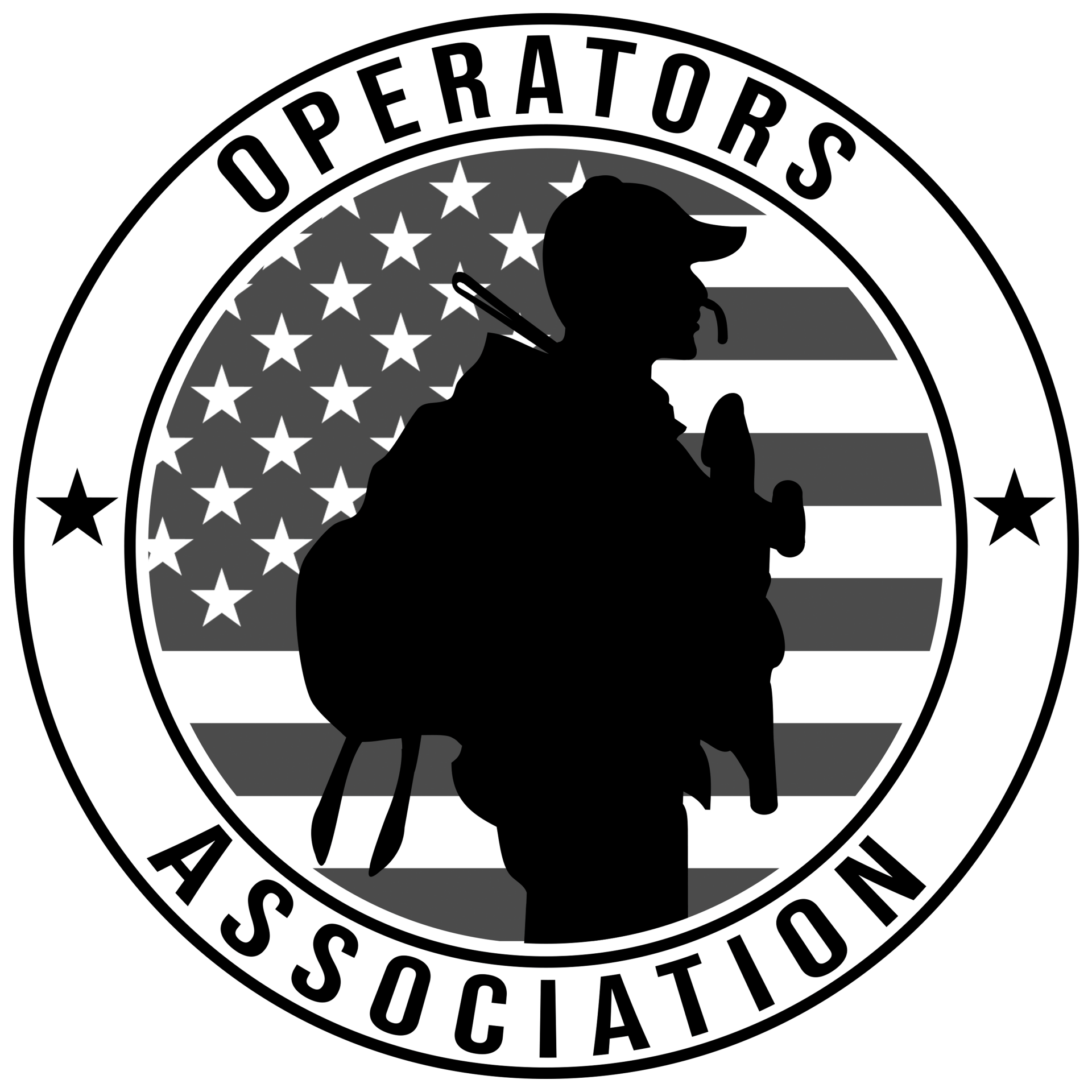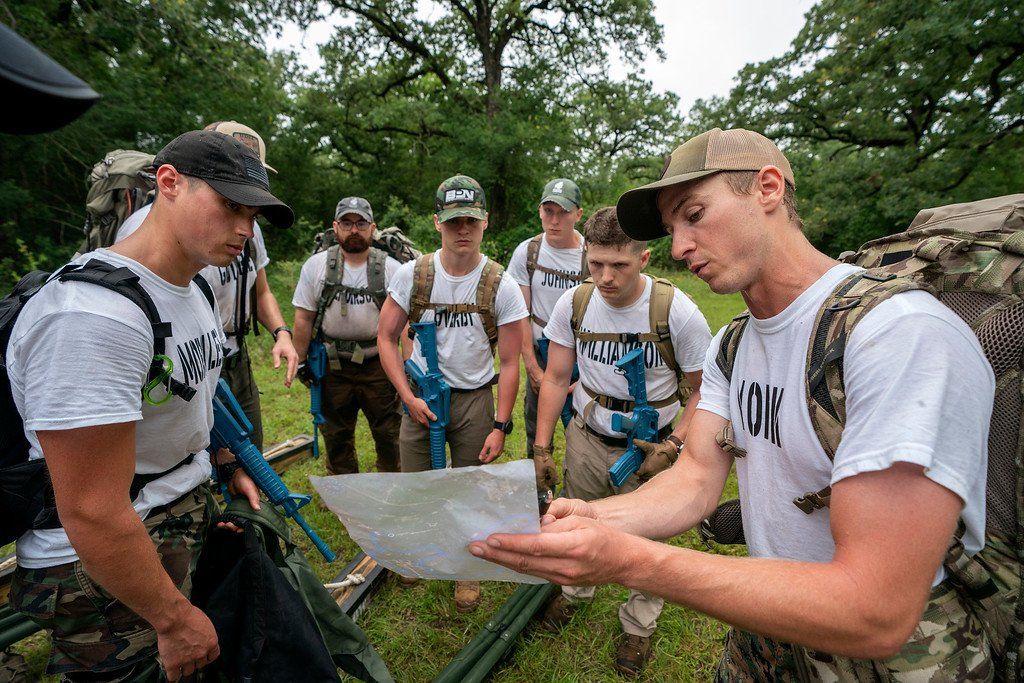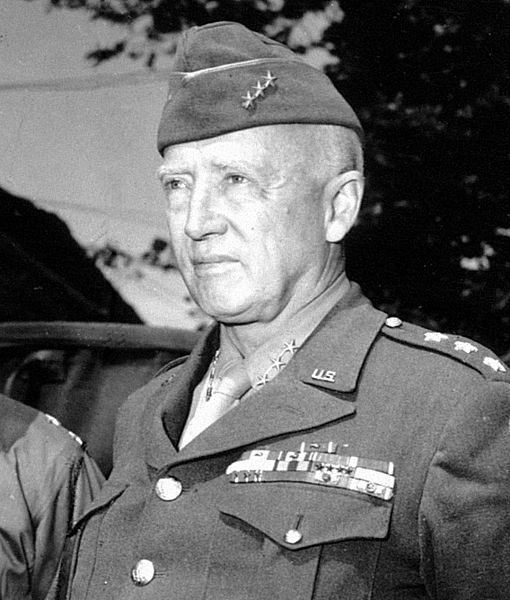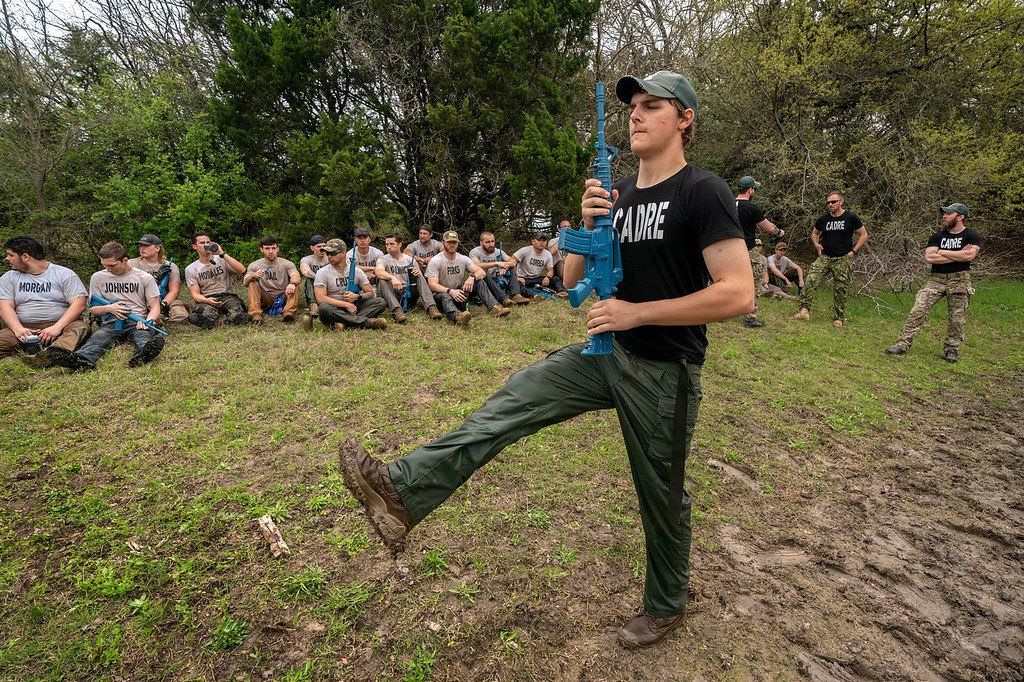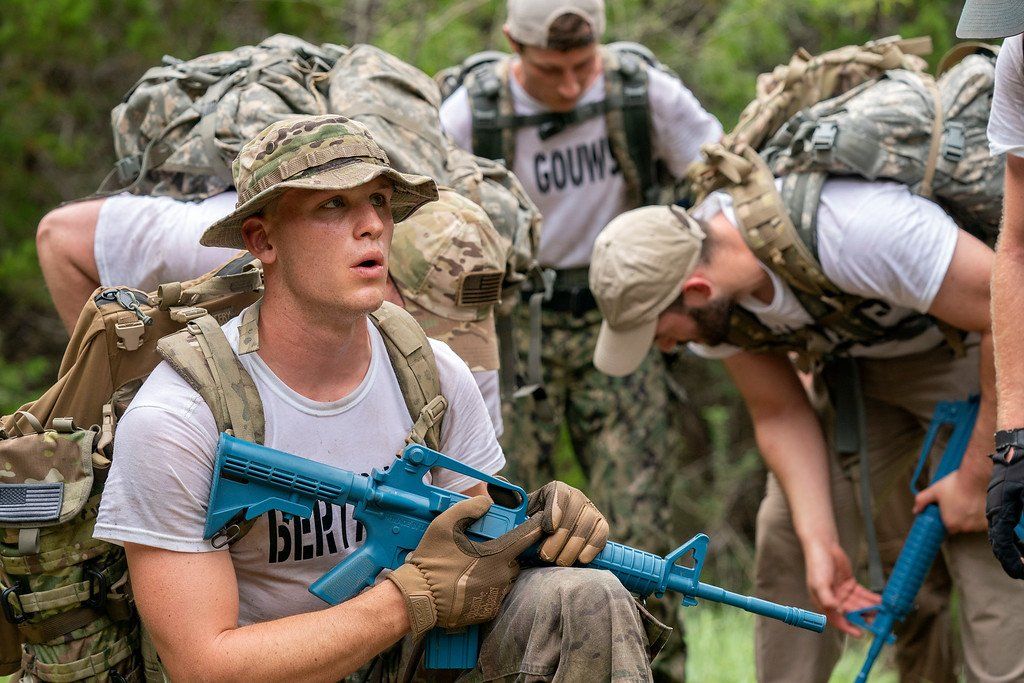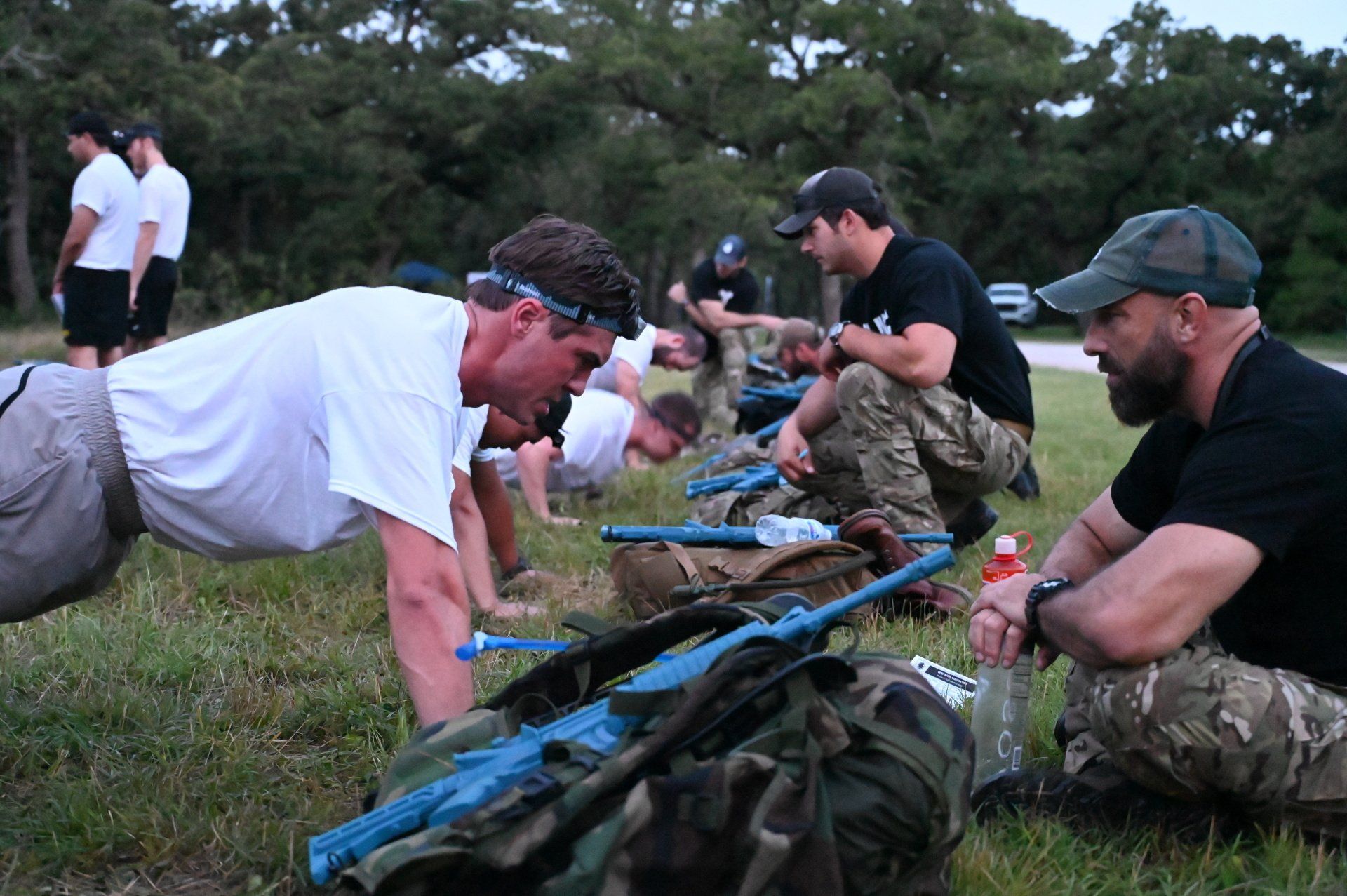How to Perform Active Recovery
Supercharge your performance with rest and recovery on the move.
When most people think of rest and physical recovery, they imagine taking a day off from the gym to relax with their feet up and let their muscles recuperate. While this is an excellent technique for recovering from tough workouts, special forces operators rarely have the luxury of lounging around. Since they’re always on the move, deployed in the field, or going on kill/capture missions, SOF operators need ways to rest and recover while keeping up with the demands of their mission.
There’s an old military joke that goes, “the army taught me to sleep anywhere.” Although this is usually exaggerated to epic proportions, there is some truth to it. Soldiers rest whenever (and wherever) they can.

While we can’t teach you to sleep standing upright or use an ammo box as a pillow, we can show you some of the active recovery techniques that special forces operators use to rest while on the move.
We also made another guide about the techniques you can use to fall asleep
faster and rest more efficiently. Click the link to read,
(It opens in a new tab so won’t lose your spot in this guide!)
Before You Begin: Improve Your Physical Fitness
The first step to resting while on the move is to improve your physical capacity. In other words, the faster you can run, the farther you can ruck, and the more pushups you can do, the better you can rest. Why? Because the higher your fitness, the higher the threshold for active recovery. Here’s what that means:
Imagine a morbidly obese person who has zero daily physical activity. They might get tired and out of breath simply walking up a flight of stairs. As such, they cannot perform active recovery – everything they do gets them tired. On the other hand, imagine a pro marathon athlete who can run a near sprint for hours on end. Since their physical capacity is already so high, they can rest even while jogging at a relatively fast pace. This person has a high active recovery threshold – they can perform physically exerting tasks and still reliably catch their breath.
Improve your physical capacity, and you will improve your ability to apply the techniques in this guide.
Having trouble finding time to workout? We created a free OA guide just for you! Click the
link below to learn four killer workouts that you can do in under 30 minutes.
Top 4 Quick Workouts for Busy Days
Use Powerful Relaxation Techniques
Once you’re physically fit, you’re ready for active recovery. There’s no hard-and-fast rule for what constitutes active recovery, but here are some techniques that competitive athletes and SOF operators alike use to deload their bodies on the move:
Stretch It Out
Everyone knows that they should stretch regularly, but few have the discipline to follow through with that commitment. After all, stretching isn’t as exciting or engaging as lifting weights, running, or doing martial arts. In fact, it’s pretty damn boring. You just sit there in an uncomfortable position and ponder the meaning of life for 20-30 seconds.
Although stretching is about as exciting as watching grass grow, it has some very real benefits when it comes to recovering while on the move. It increases blood flow to your muscles, helps drain lactic acid, and increases your range of motion on potentially stiff muscles and joints.
Stretching is so crucial that we made an entire OA guide breaking down
how to do it for the best results! Click the link to read our guide,
How to Develop Your Flexibility
Ease off the Pace
This may seem obvious, but slowing down is an excellent way to recover while on the move – if you do it the right way. Most people will push the tempo until they’re forced to slow down by their physical limitations. That’s not active recovery; that’s called being exhausted.
The trick to getting the most out of easing off the pace is to treat it as a form of preventative maintenance. Don’t wait till you’re nearly falling over to slow down. Instead, take your foot off the gas while you still have some metaphorical fuel left in the tank. Slowing down should be a conscious decision, not something you’re forced to do out of exhaustion.
Get Your Feet Up!
Putting your feet up isn’t reserved for time spent sitting on the couch. Elevating your feet above your heart – even for a couple of minutes – can significantly improve your recovery. It improves circulation by making it easier for the heart to pump blood throughout your body, decompresses your spine and joints, and helps you combat swollen feet and tired legs from long periods of marching.
If your squad takes a couple of minutes to rest, find a way to elevate your feet above your heart. This small change in your resting posture will help you recover faster and feel more refreshed when it’s time to get back to work (pair elevating your feet with a 5-minute power nap to supercharge your recovery).
If you dream of becoming a special forces operator, it can be challenging to find the guidance and mentorship you need to succeed. After all, how can you know which skills you must learn to maximize your chances of getting into the teams? Special forces is a game of inches – once the hopeless candidates are eliminated in the early phases, only the tough ones remain. Everyone’s tough, everyone’s motivated, everyone’s fit – you need every edge you can get to get ahead of the competition. That’s why we created the Operators Association: to connect aspiring operators with the people who can help them achieve their goals.
When you become a top-tier OA member, you get instant access to perks like exclusive SOF podcasts, livestreams, weekly accountability groups, and a community of hundreds of future, current, and retired special forces operators to answer your questions and guide you on the path.
Click here to become an OA member now!
